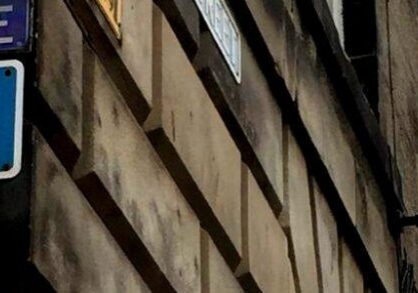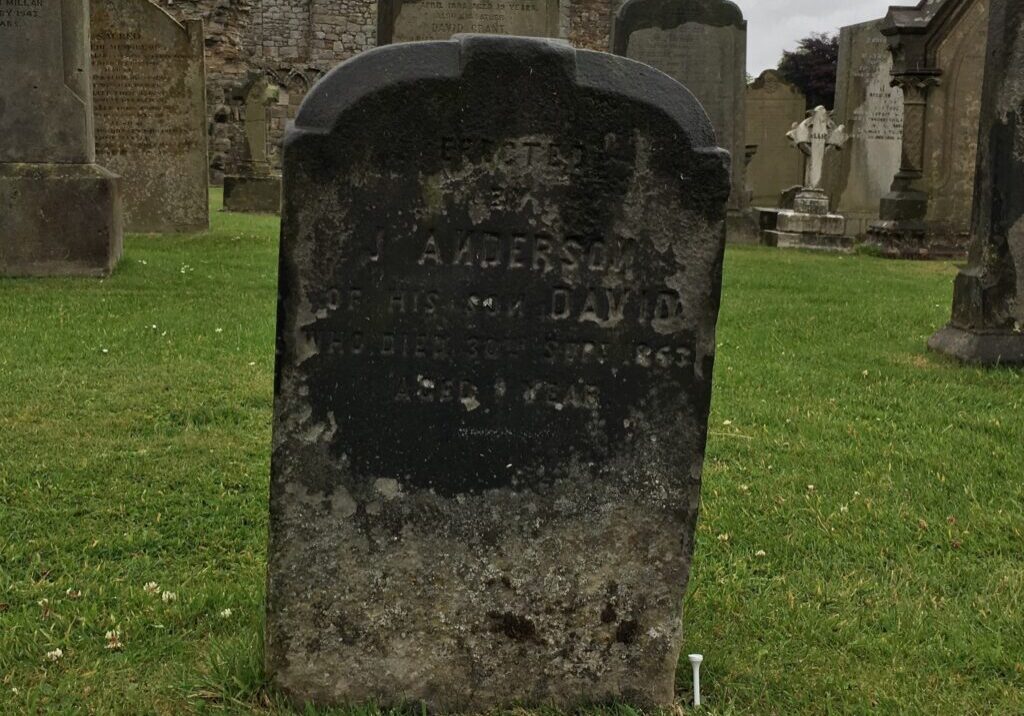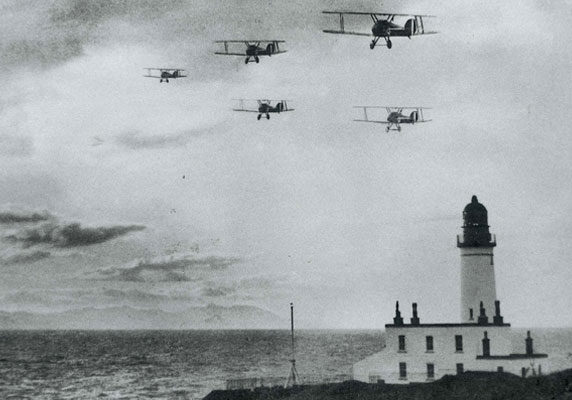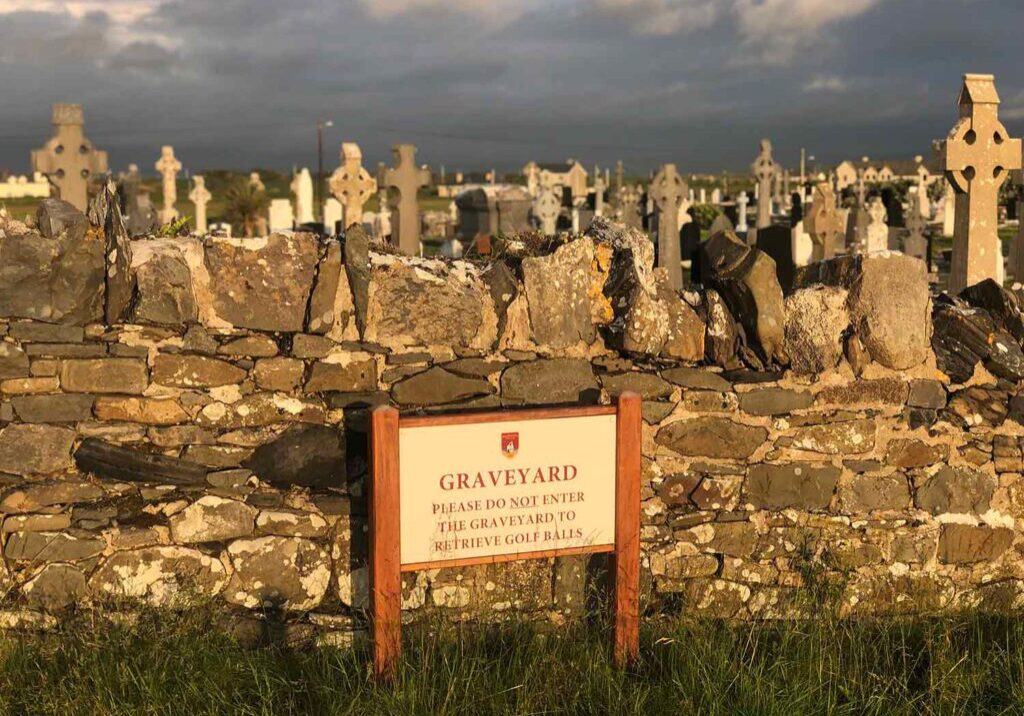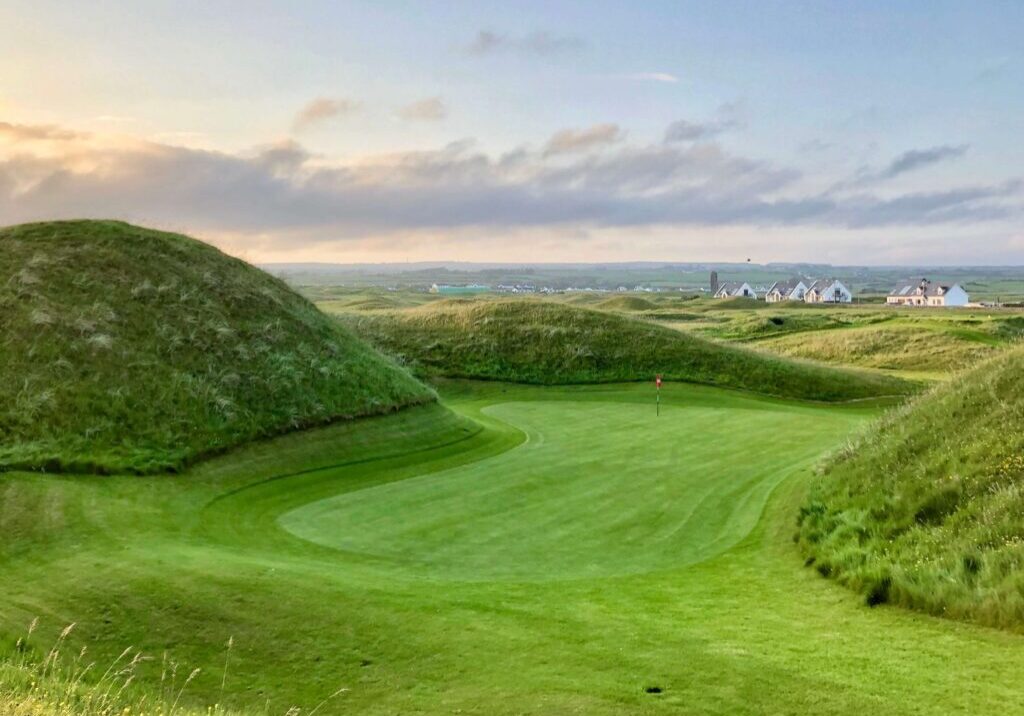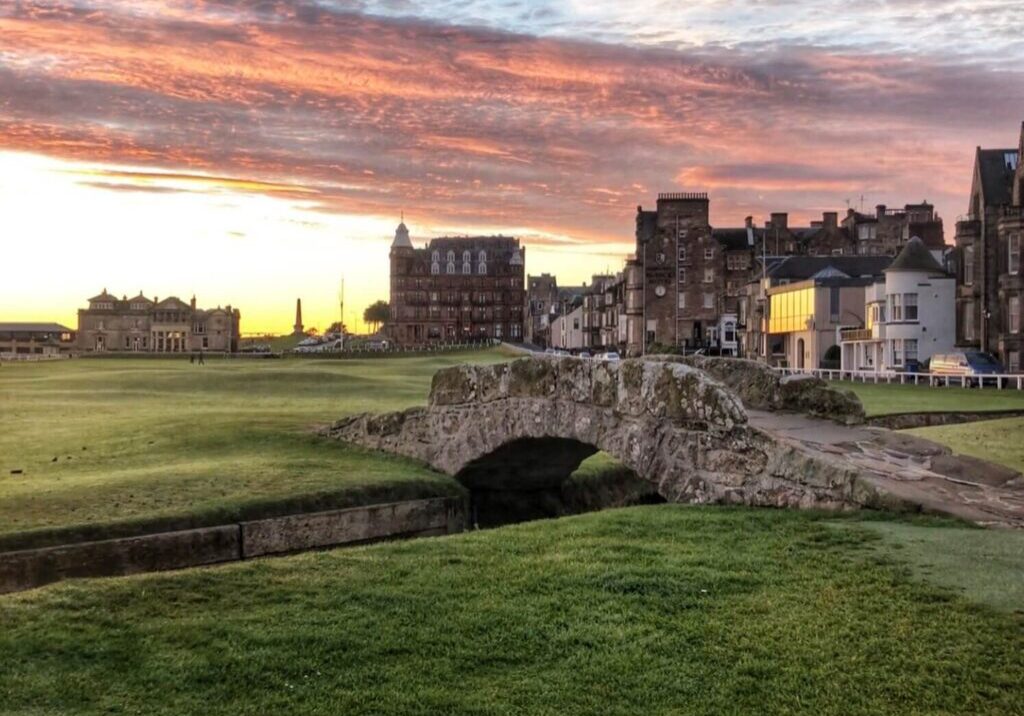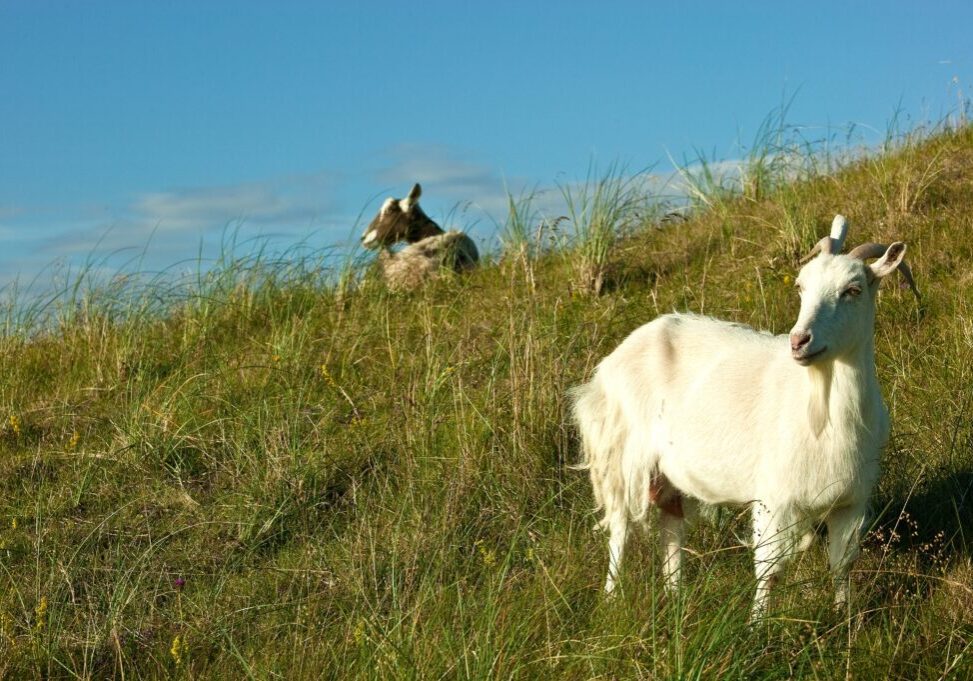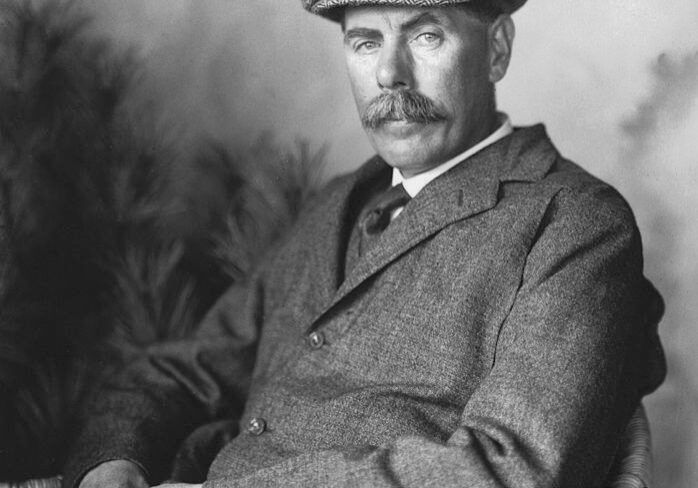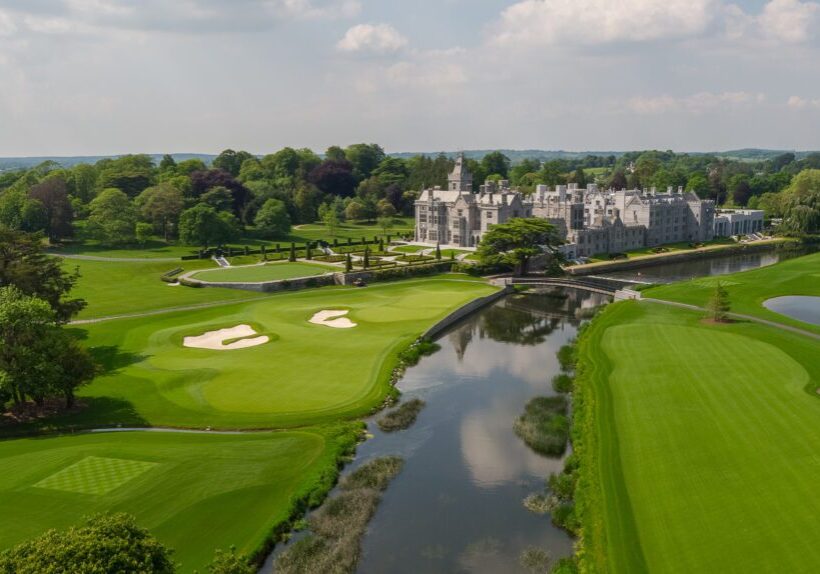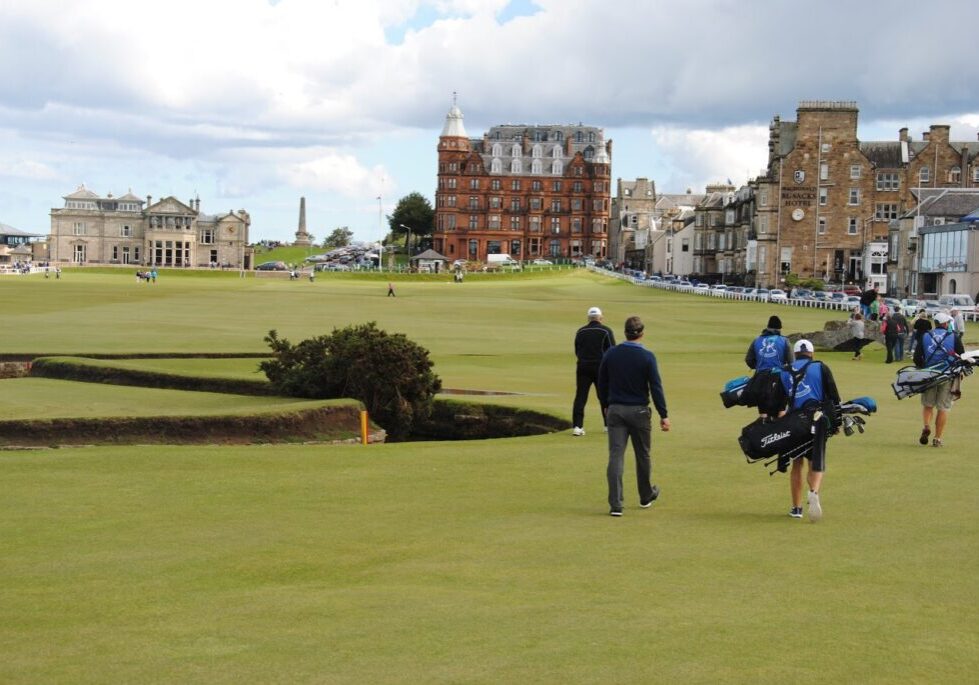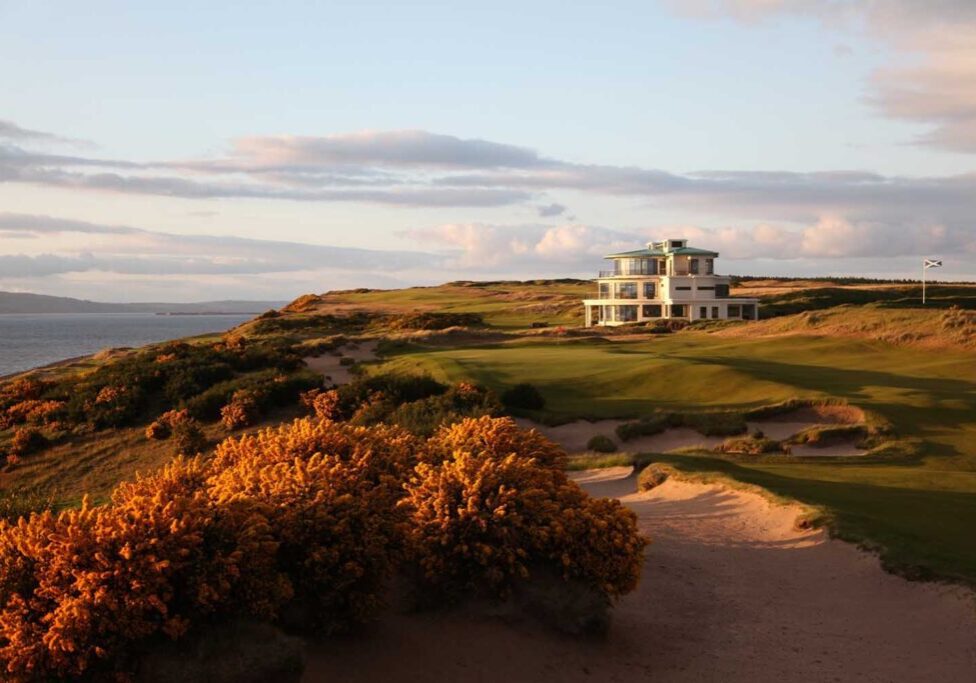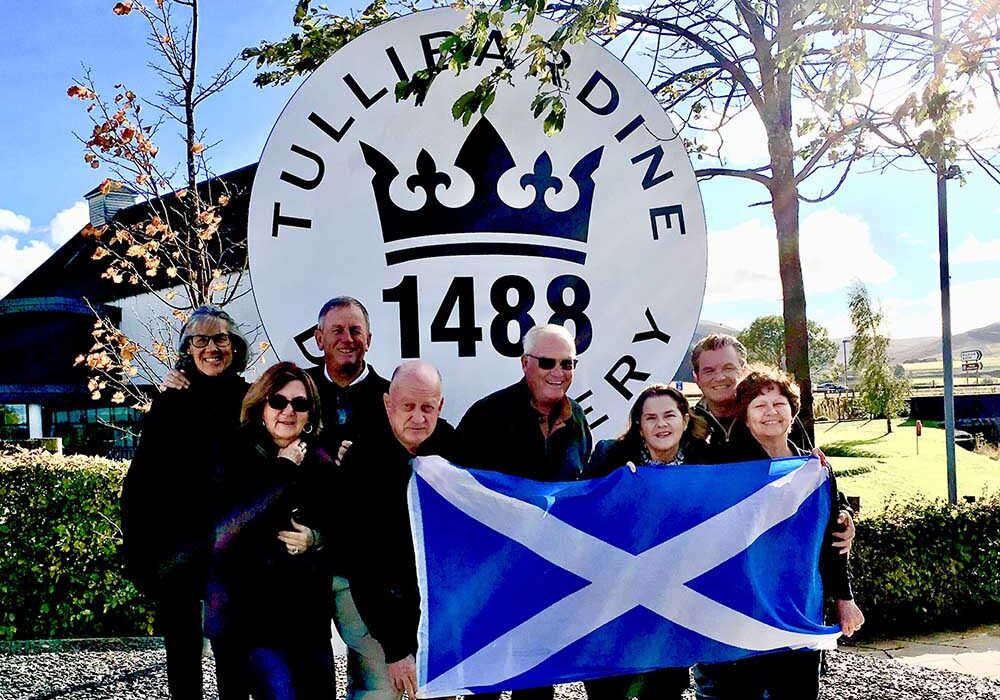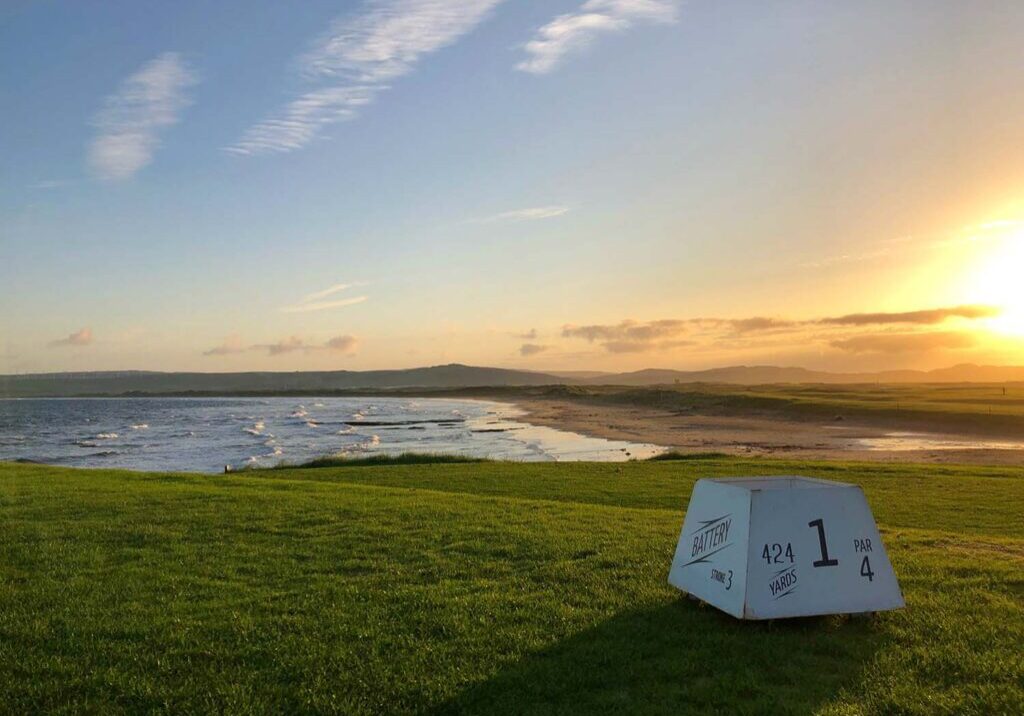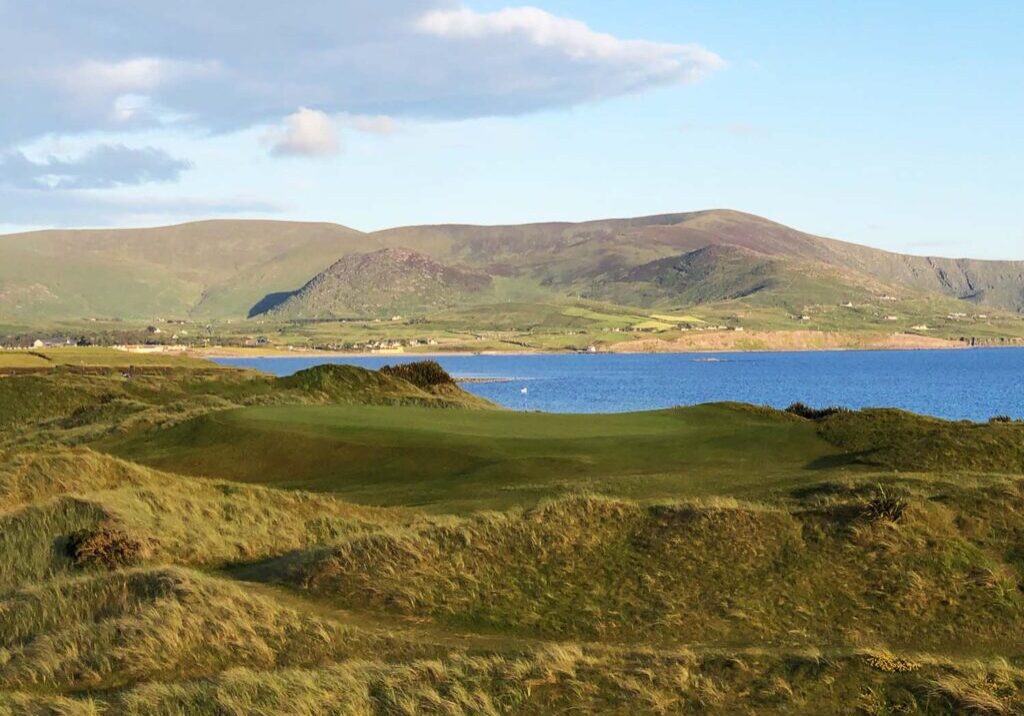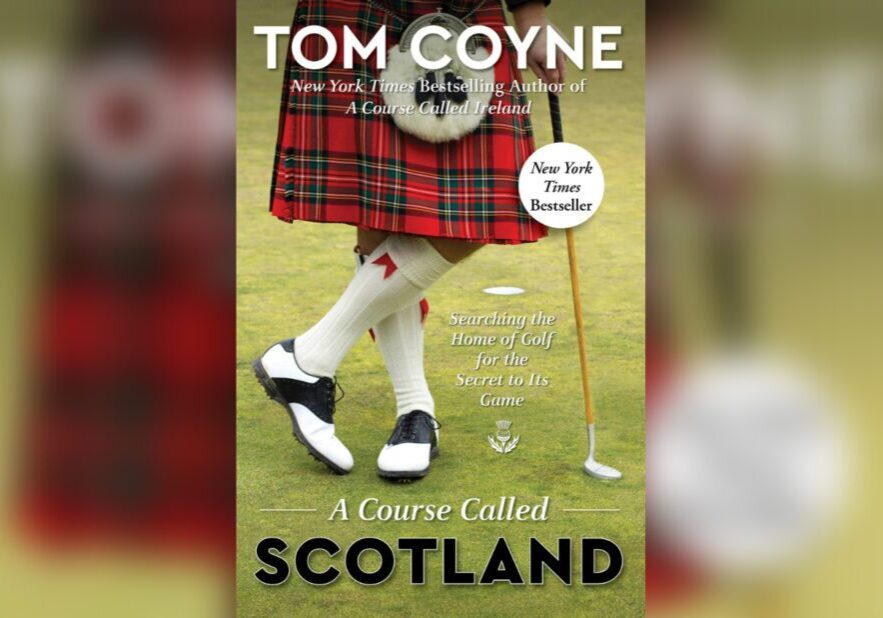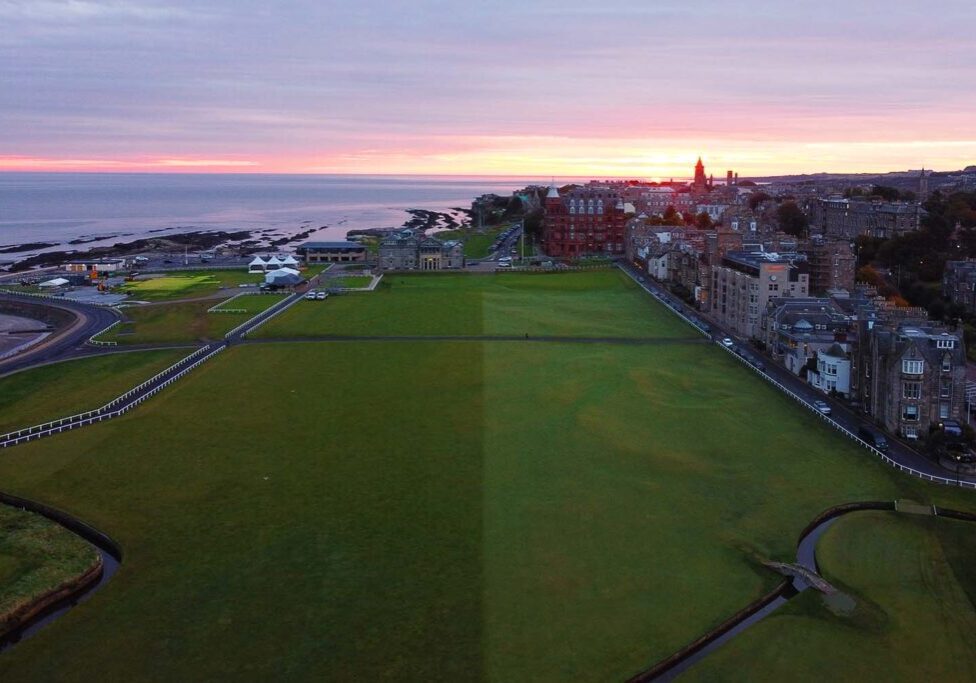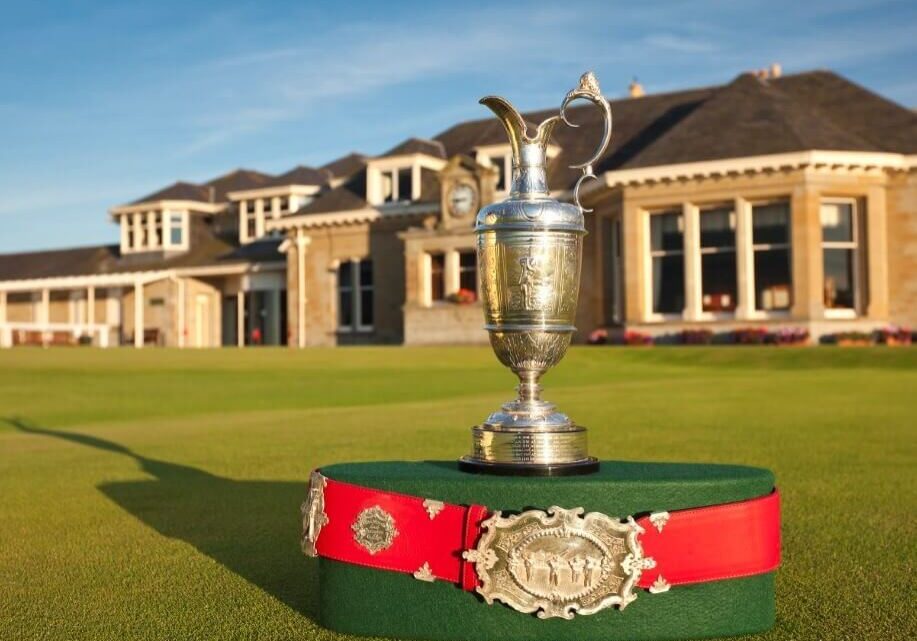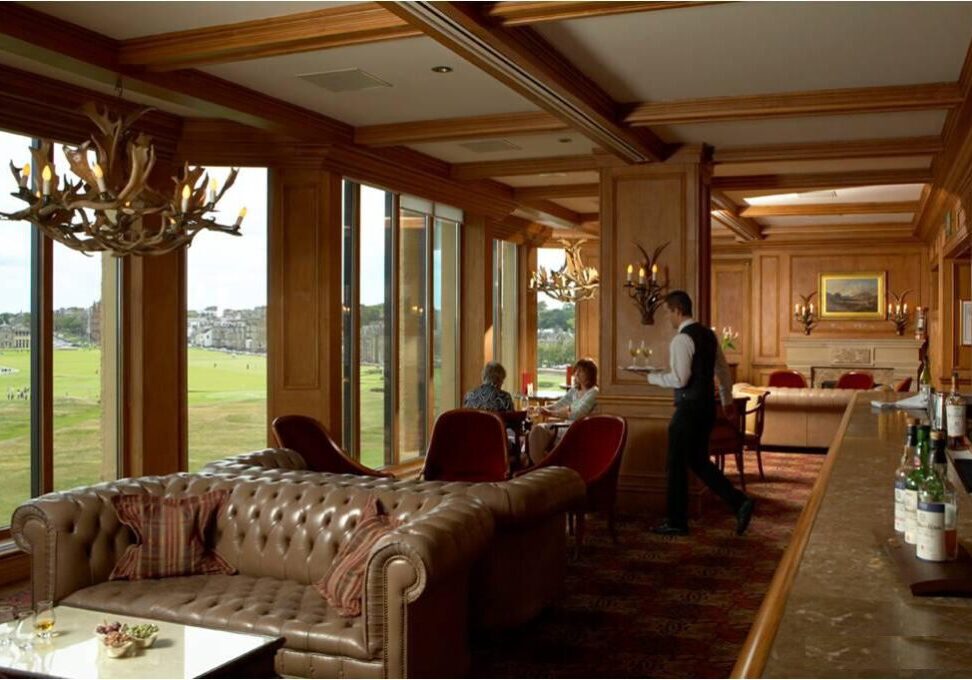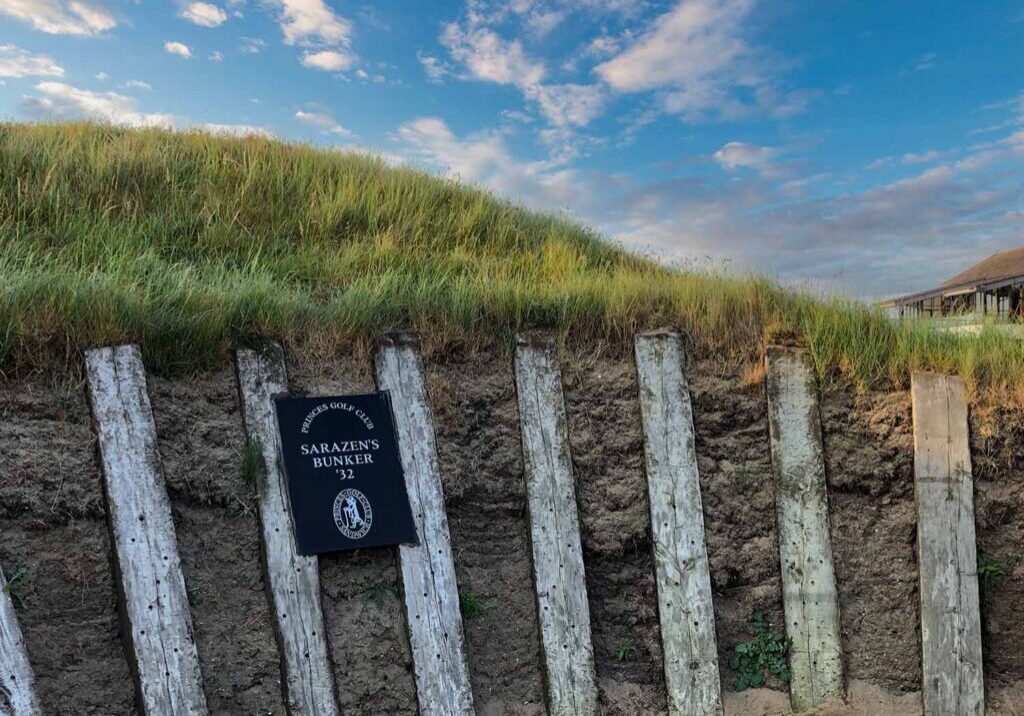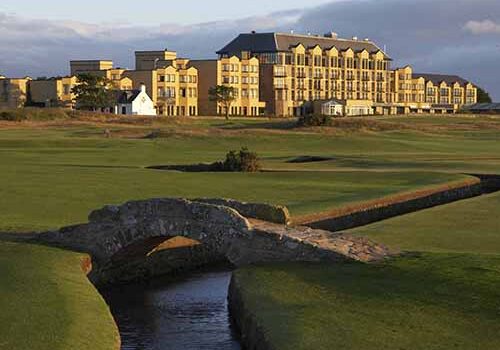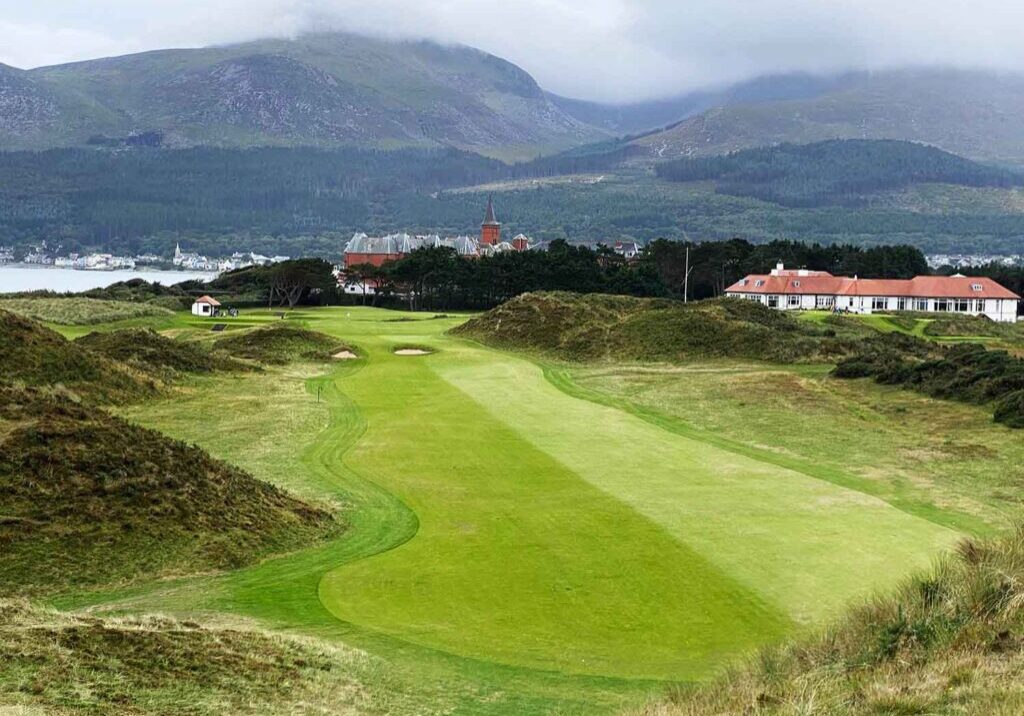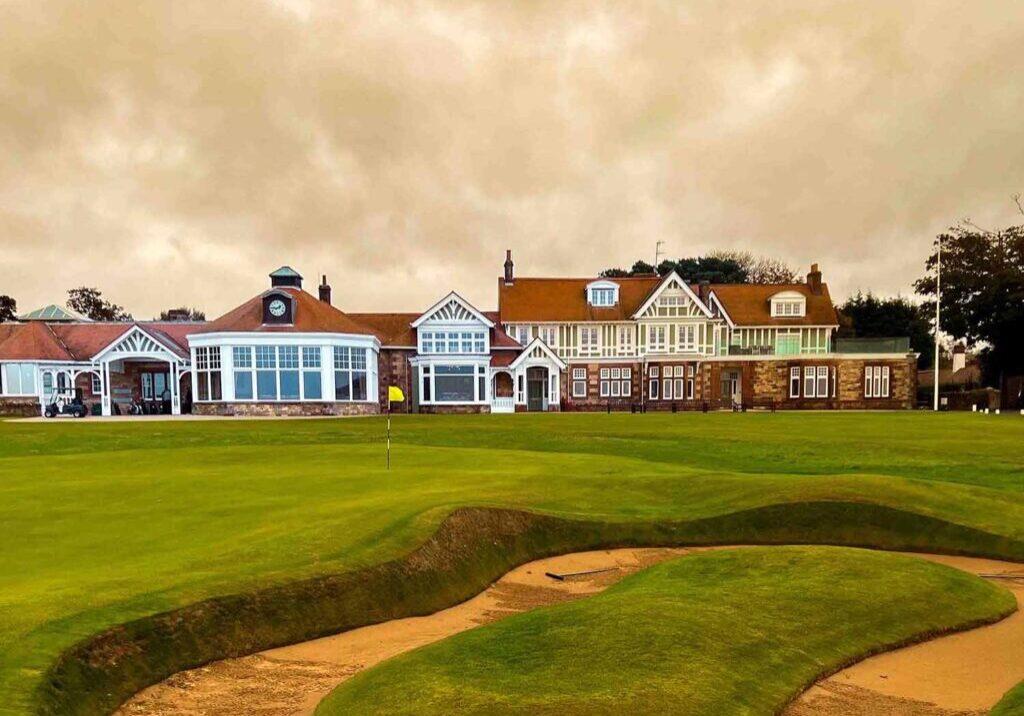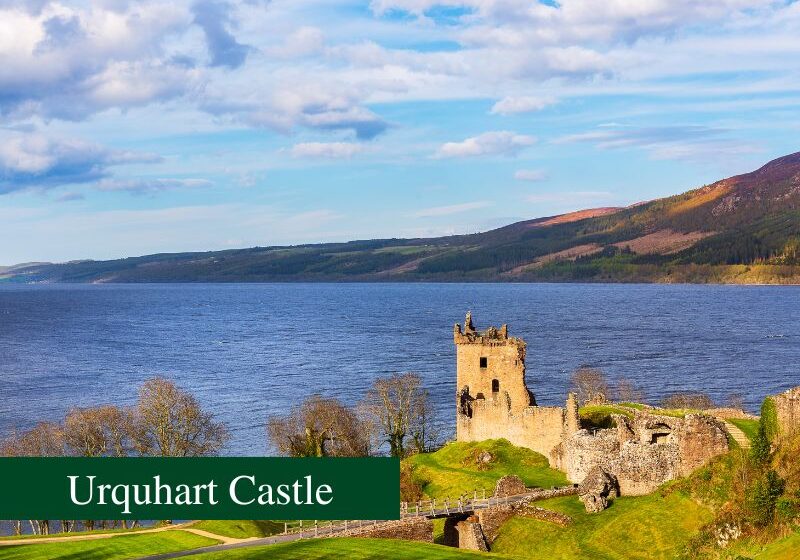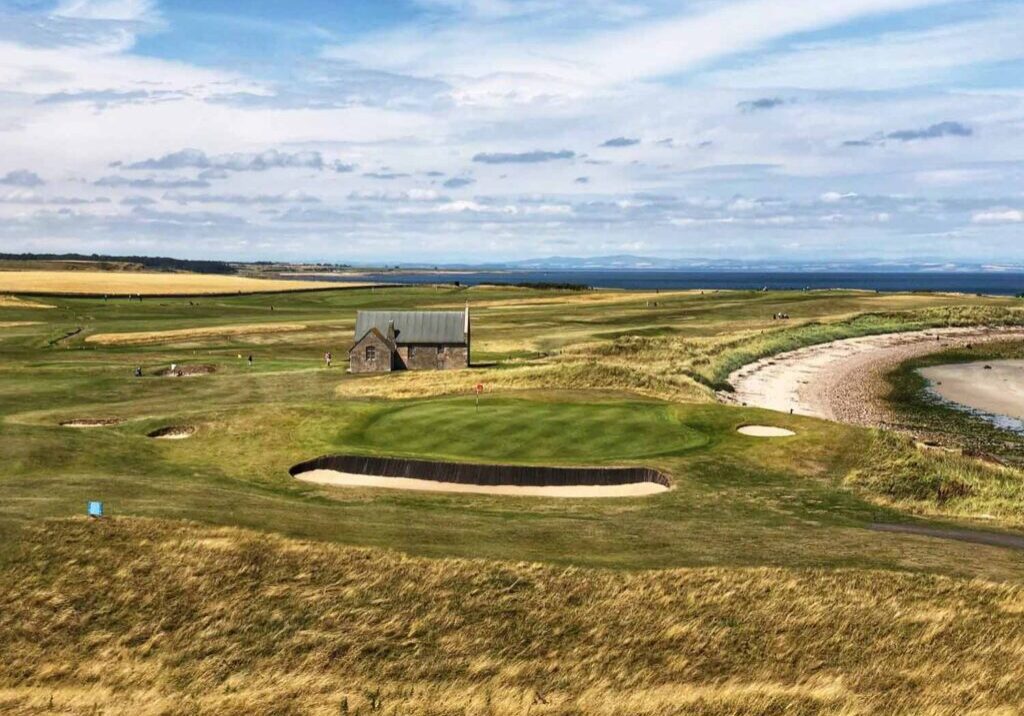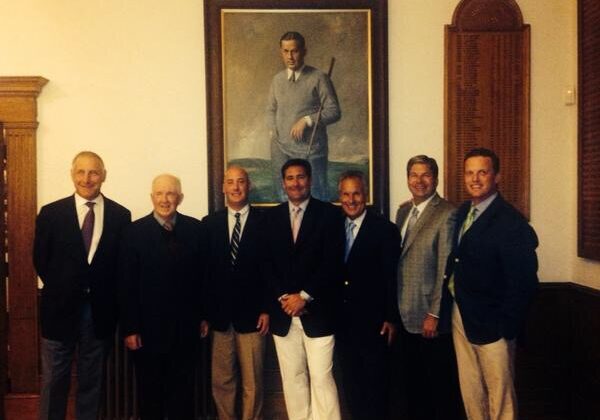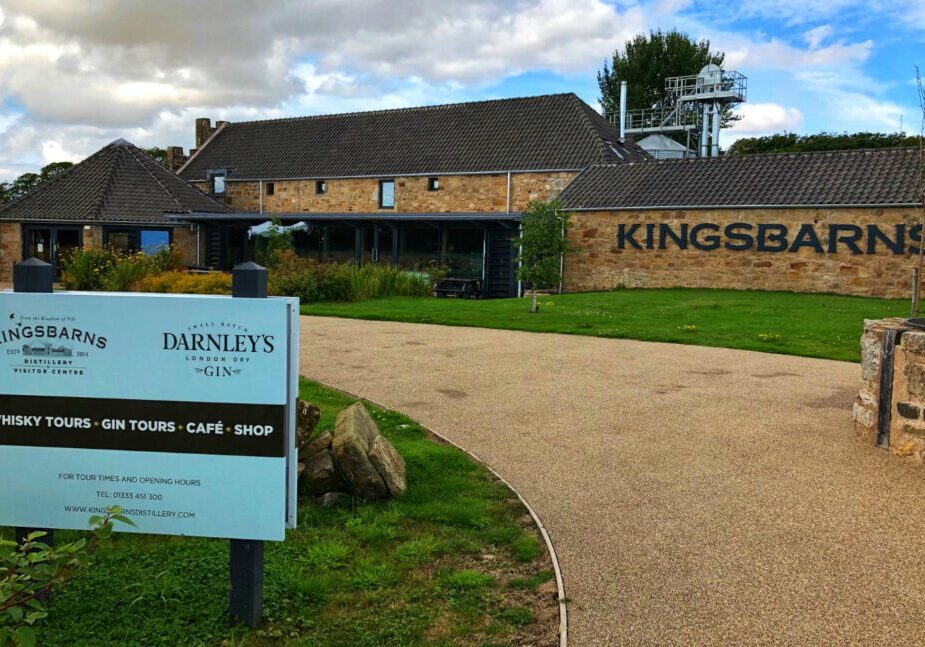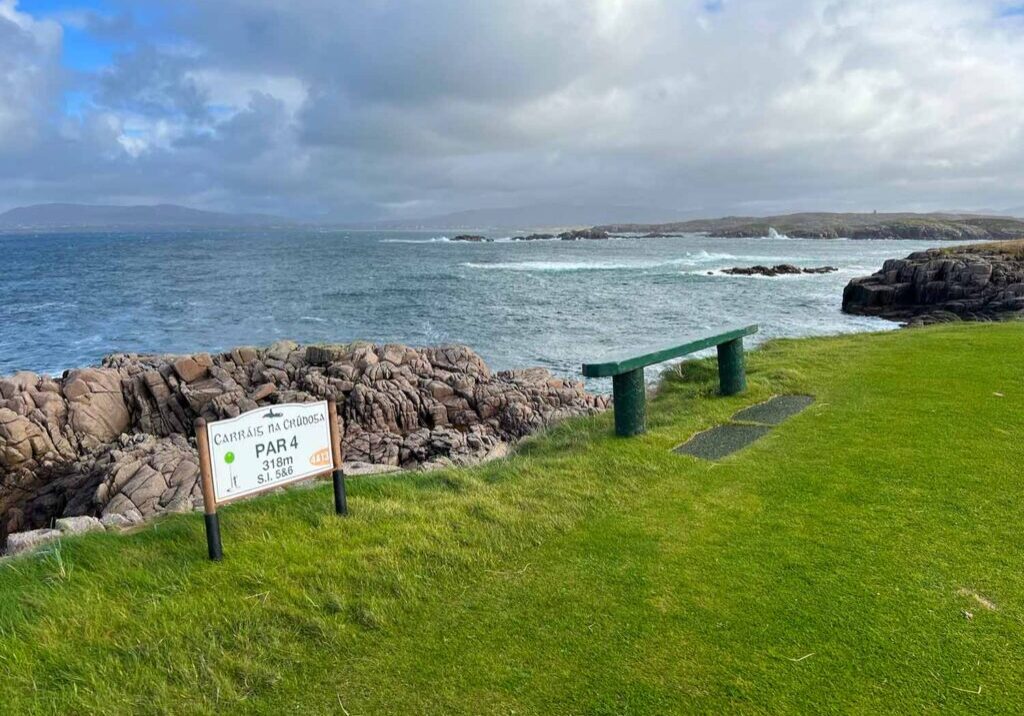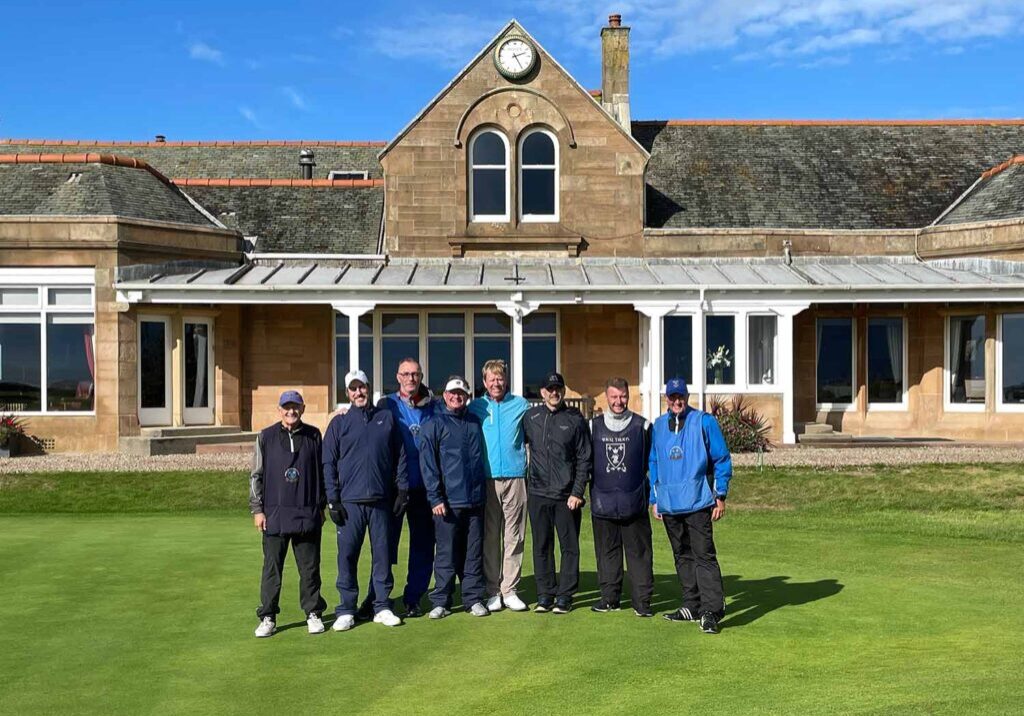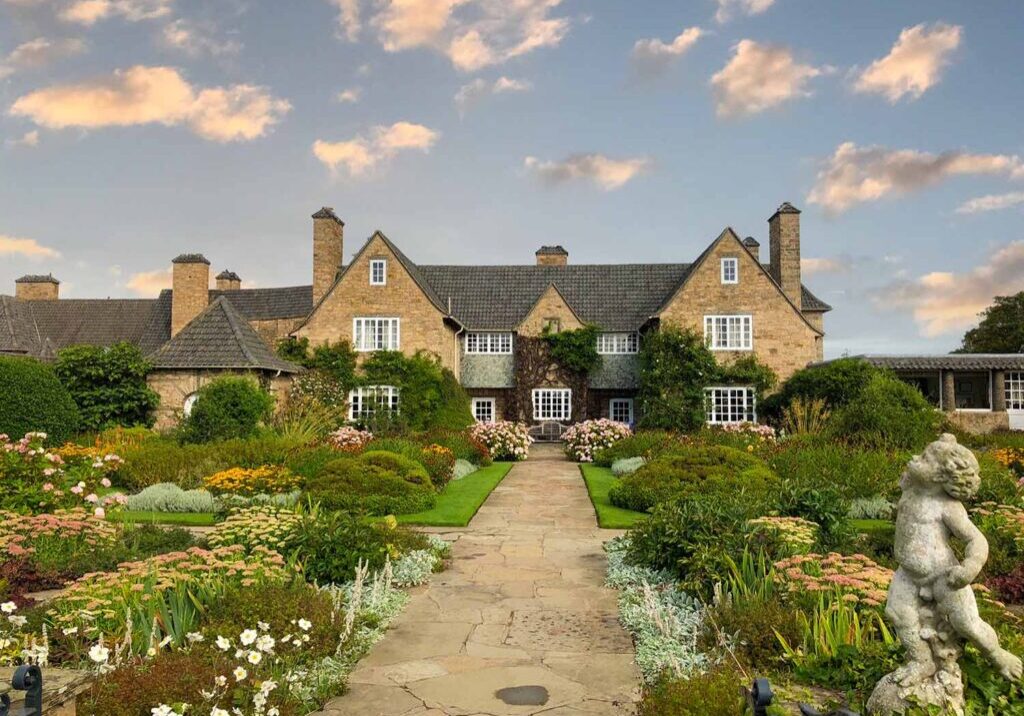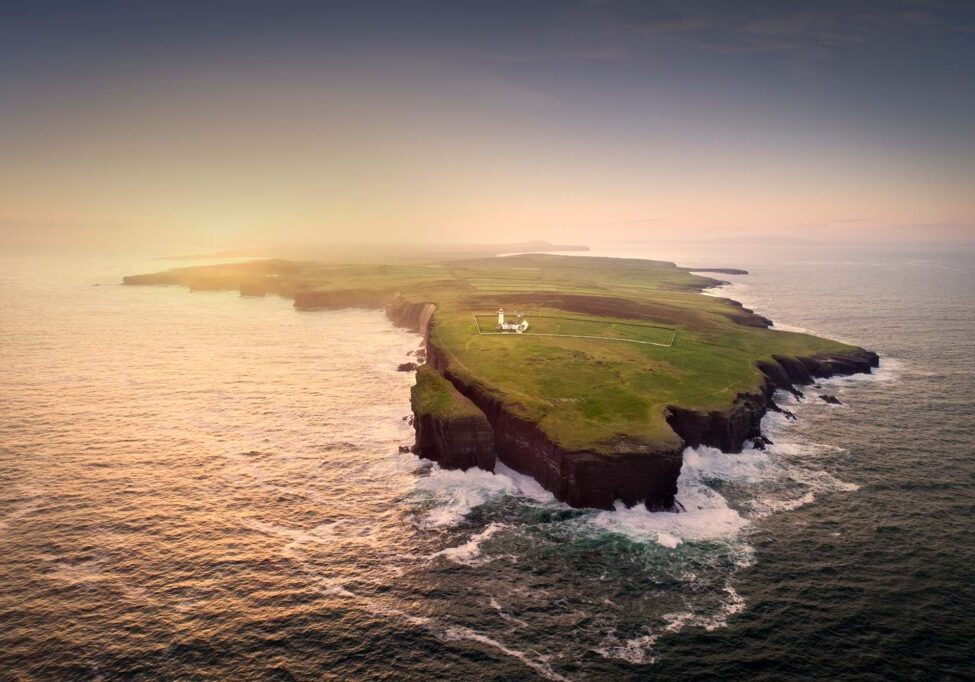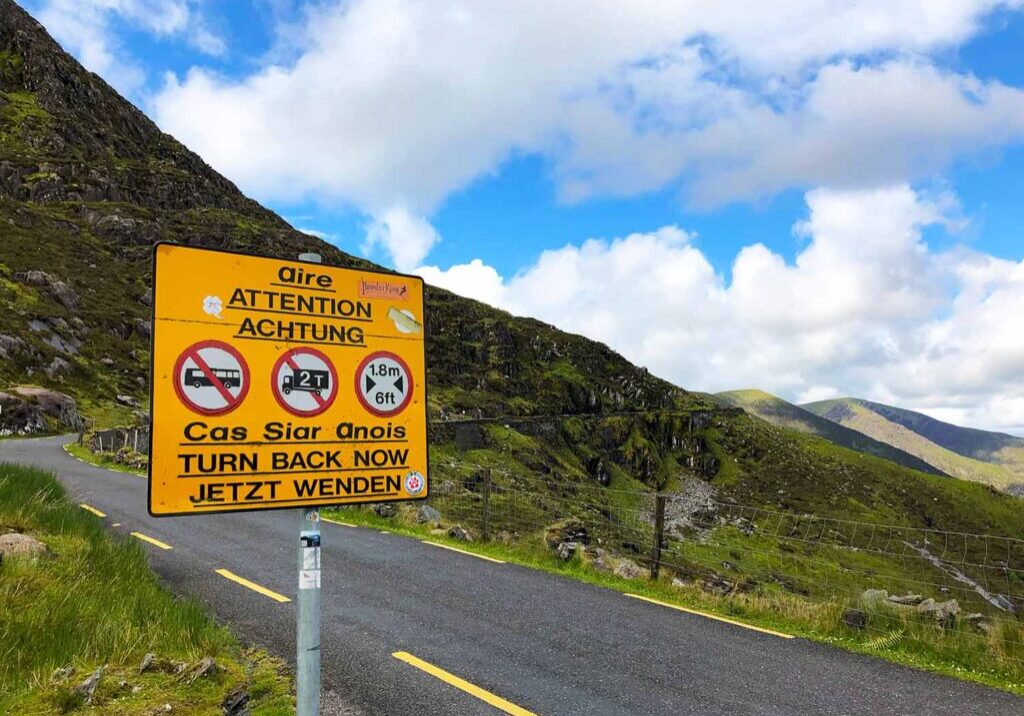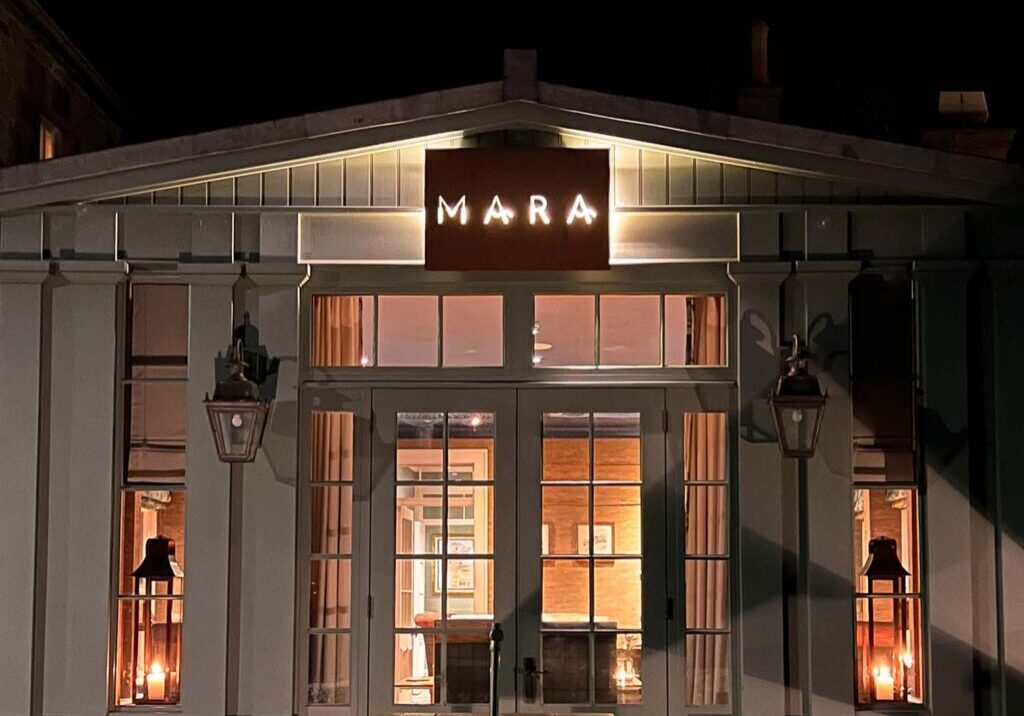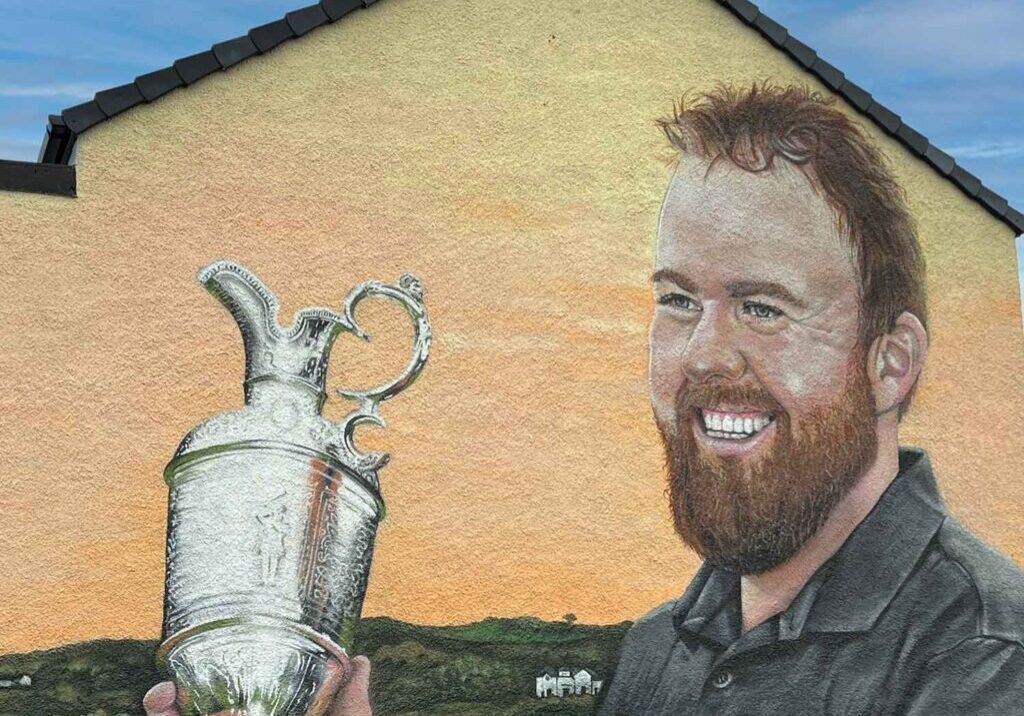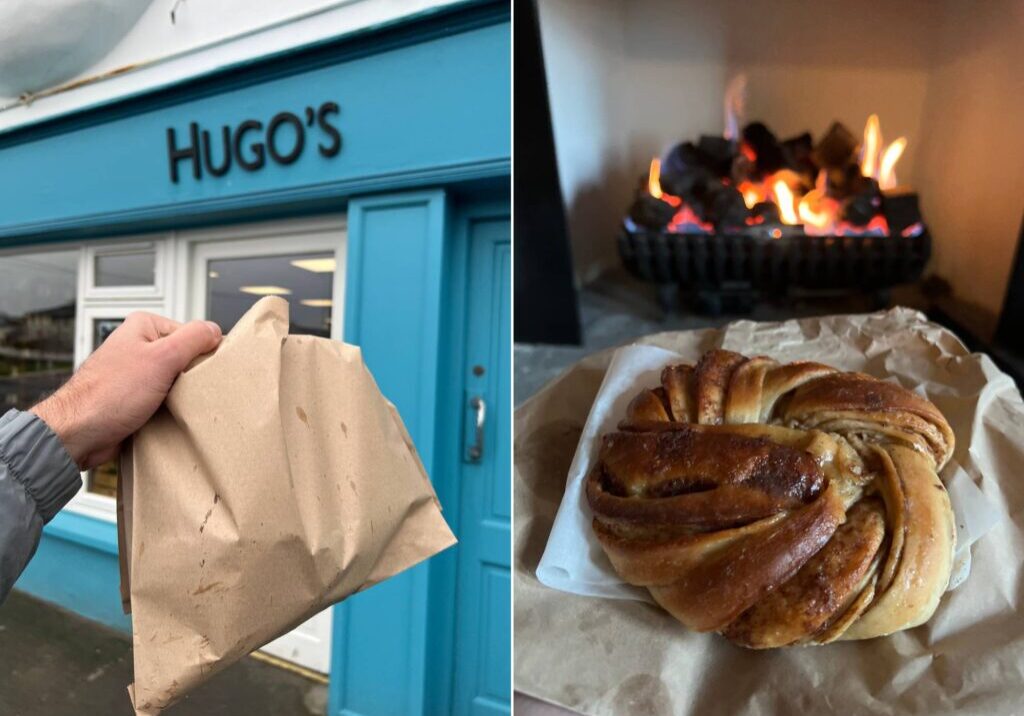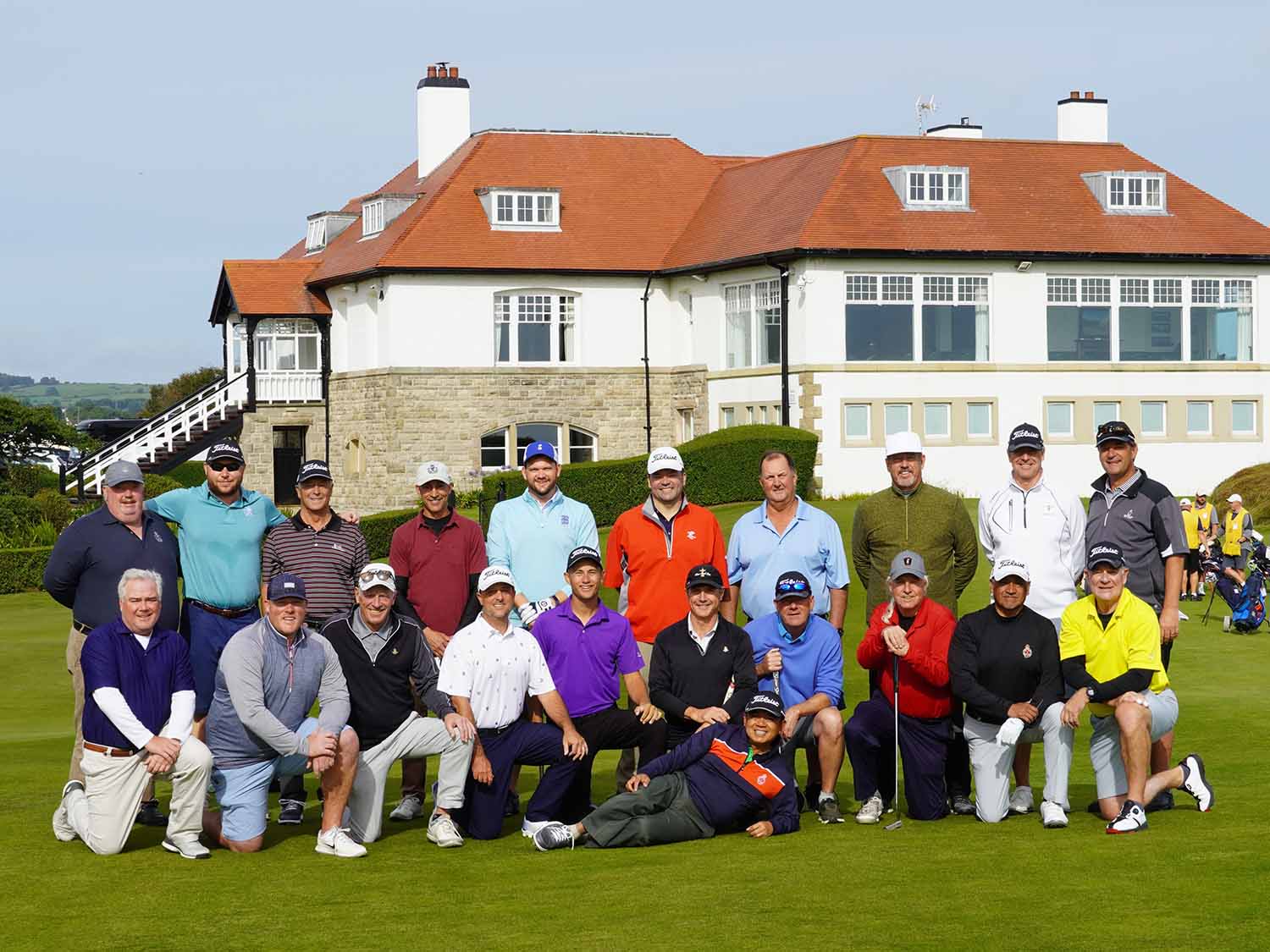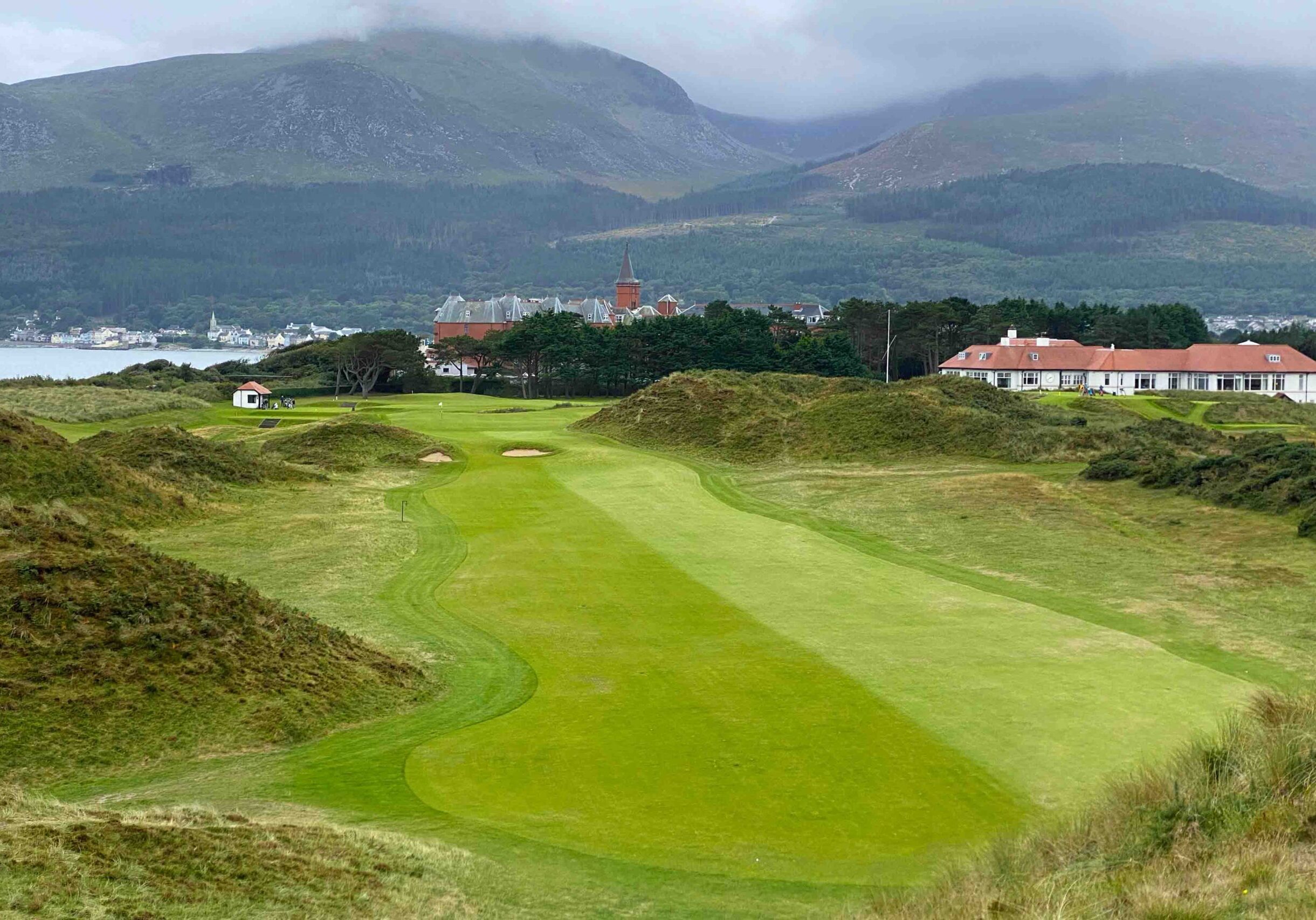
The Must-Play Harry Colt Golf Courses
Strokes of Genius in Scotland, Ireland, and England
Harry Colt is one of the most revered golf course architects in history. Throughout the early part of the 20th century, Colt left his mark on some of the best golf courses in the world, either on his own or with his partners C.H. Allison and Dr. Alister MacKenzie.
As perhaps the best known example, Colt took his talents to America and, in the process, helped to shape Pine Valley. But most of the golf courses designed by Harry Colt are found in the U.K. and Ireland. Much to the benefit of golfers traveling overseas. Here are just 10 Harry Colt golf courses you should play across the pond.
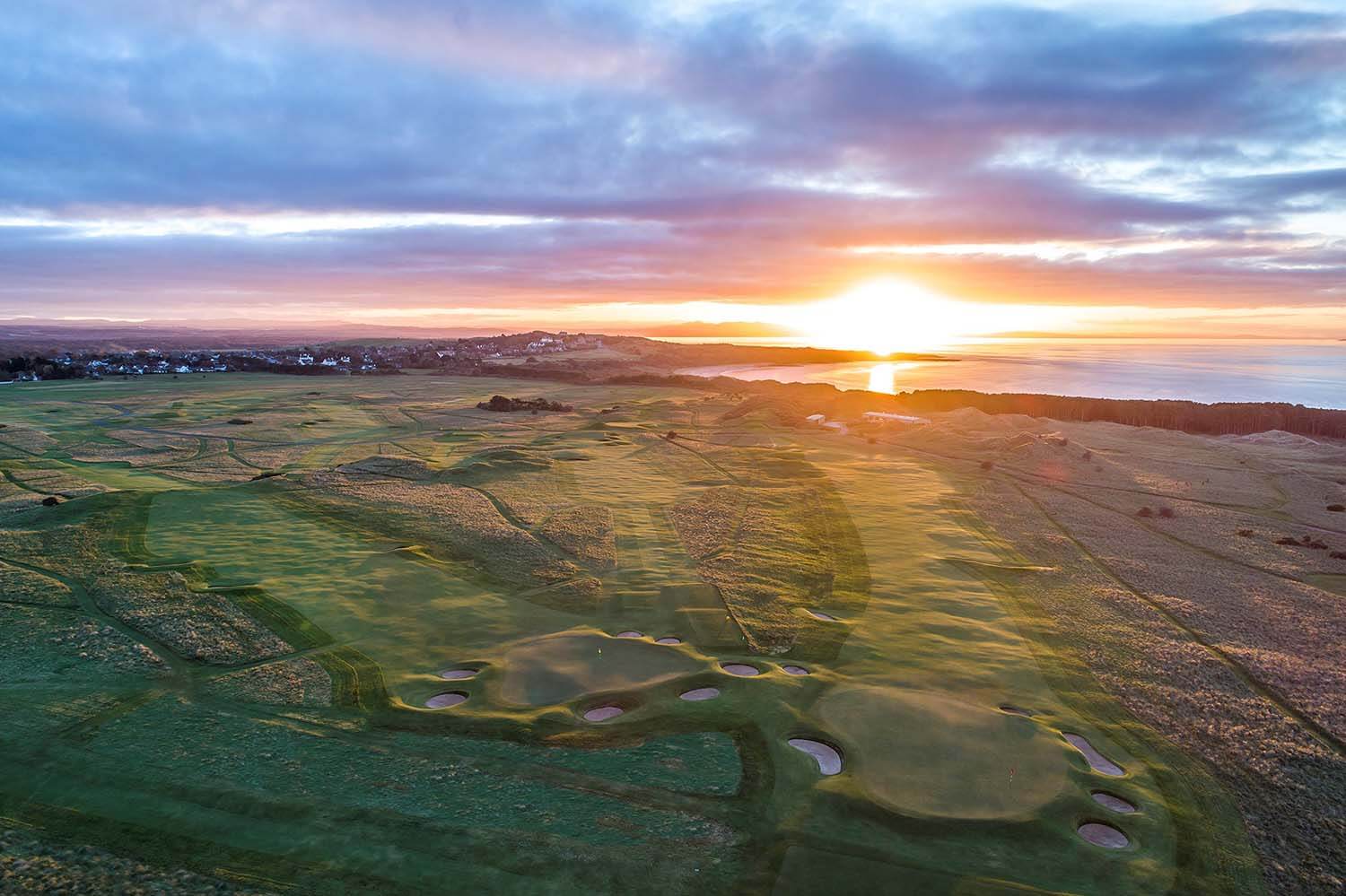
Credit: HCEG/Muirfield
Muirfield
When it comes to Harry Colt golf courses, Muirfield belongs at the top of the list. Although Old Tom Morris is credited with the original design, Muirfield didn’t become Muirfield until Harry Colt arrived in 1923. After a somewhat chilly reception for the original links, The Honourable Company of Edinburgh Golfers commissioned Colt to redesign the course and make use of 50 newly acquired acres of land.
In the end, Colt introduced 14 new holes and scrapped the original layout almost entirely. It is the masterful routing, however, that deserves much of the attention when it comes to Harry Colt’s work at Muirfield. Colt routed the two nines in opposing circles. The front-9 runs in a clockwise circle around the edge of the property, while the back-9 runs in a counterclockwise circle inside it. As a result, the winds off the First of Forth test the golfer’s game from every angle.
Sunningdale New
Before his illustrious career in golf course architecture began, Harry Colt was the first Club Secretary at Sunningdale Golf Club. During his tenure, Colt molded Sunningdale into the landmark golf club of the London area. His greatest contribution to the club, however, came more than a decade after his departure as Secretary.
In 1923, Colt returned to Sunningdale to design what would come to be known as the New Course. Designing a course that would both compliment and measure up to the greatness of Sunningdale Old was a monumental task. But most would agree that Colt thoroughly succeeded. As evidenced by the fact that both courses currently find themselves on the GOLF World Top 100 list.

Credit: Sunningdale Golf Club
Royal County Down
Royal County Down invited Harry Colt to make alterations to its highly acclaimed course in 1925. In the process, Colt created two of the most iconic golf holes in Ireland. The spectacular par-3 4th hole clocks in at 228 yards. It also features a sea of gorse, 10 bunkers, and an unforgettable view.
But it’s the 9th hole which is synonymous with Royal County Down. Harry Colt combined two holes into one and created a truly exceptional par-4. After blindly launching your ball over the ridge and into the fairway some 60 feet below, be sure to have your camera ready… The view, like all of Royal County Down, is unforgettable.

Royal Portrush
Roughly 40 years after it was formed, the Royal Portrush Golf Club commissioned Harry Colt in 1929 to design a pair of links courses. The Valley Links would become the home of the Rathmore Golf Club and the preferred course for many members of Royal Portrush. Meanwhile, the Dunluce Links would emerge as arguably the finest course of Colt’s career.
The undulating greens and closely mown runoffs found on the Dunluce Links were somewhat uncommon in the era, but Colt was clearly ahead of his time. In 1951, Royal Portrush became the first club outside of Britain to host The Open Championship. The Dunluce Links underwent a variety of changes ahead of The Open returning in 2019 - most notably, a new 7th and 8th hole - but the signs of Harry Colt’s genius are found at every turn.
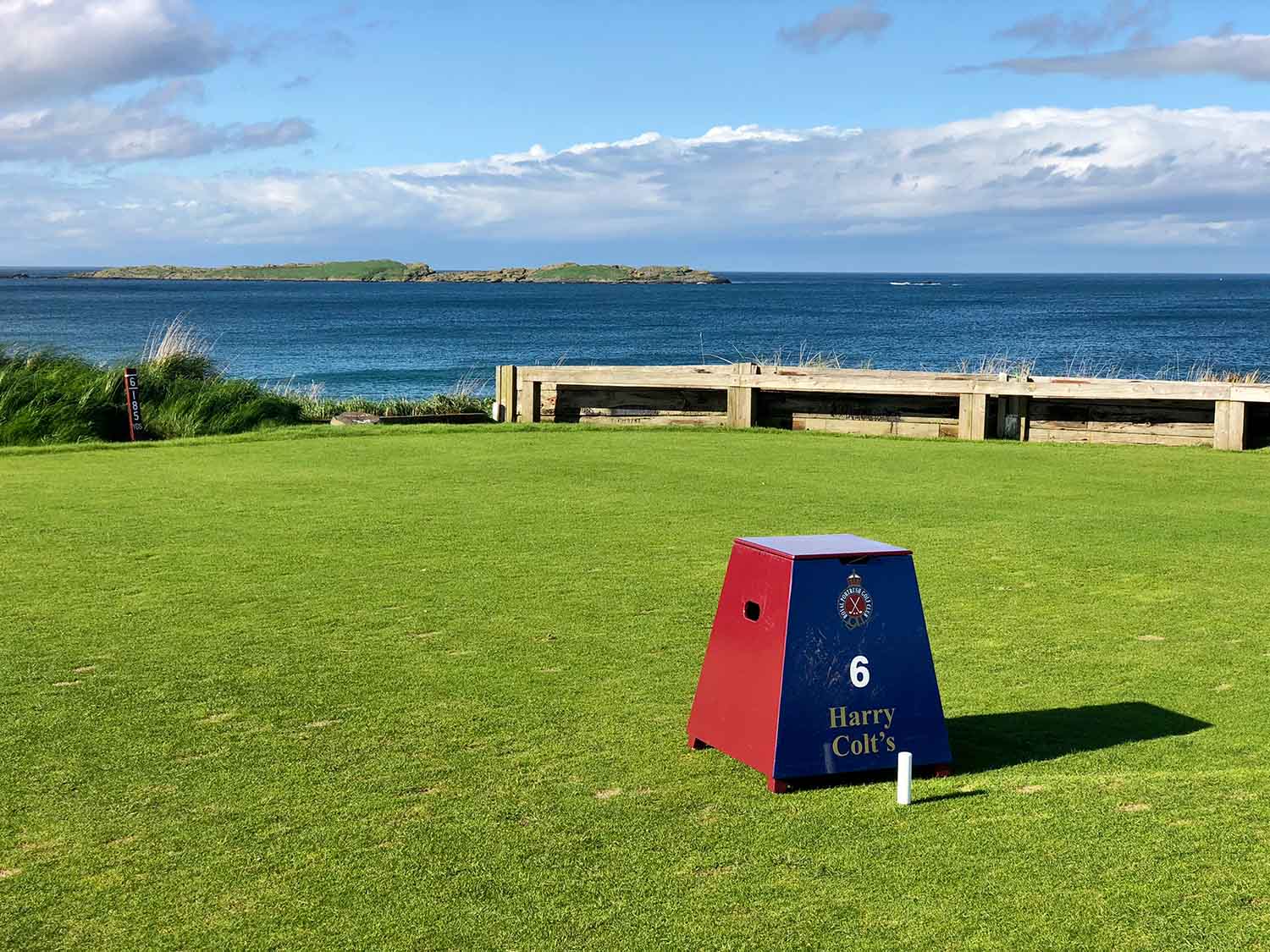
Swinley Forest
Swinley Forest finds itself on every Top 100 list worth its salt. But the club doesn’t seek the acclaim it rightfully earns. In fact, it almost shuns it. The other courses in the London heathland might enjoy the limelight, but Swinley Forest prefers to go about its business quietly.
Even Harry Colt’s own description of his work at Swinley Forest downplays its greatness. He simply called it the “least bad” course of his illustrious career. In keeping with this theme, we’ll forgo a colorful description of the course in favor of some simple advice for Swinley Forest… Play it.
County Sligo
In 1927, Harry Colt journeyed to the western shores of Ireland to redesign the links at County Sligo Golf Club. The original course had been largely designed by George Combe, who was instrumental in the layout of Royal County Down. During his weeklong visit, Colt did away with the original links almost entirely. The old clockwise layout was replaced with a counterclockwise routing, which incorporated just two of the existing holes into the design.
In addition to the magnificent setting - which helped inspire W.B. Yeats to the Nobel Prize - Colt’s elevated greens are a defining characteristic of County Sligo, and require a bit of imagination to get up and down from off the surface. Today, the links is officially known as The Colt Championship Course.
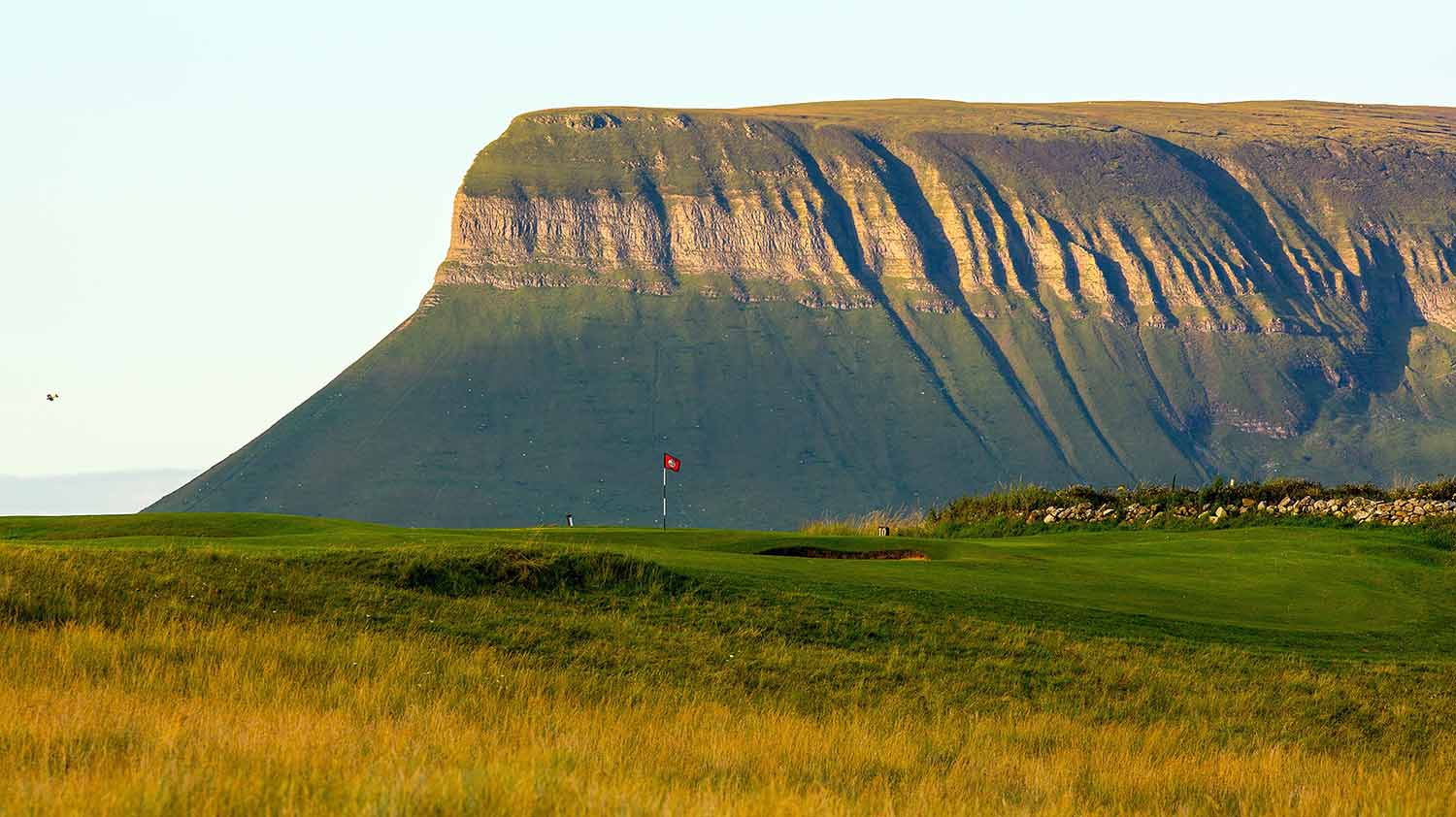
Credit: County Sligo
Royal Dublin
After construction of the Bull Sea Wall in Dublin by Captain William Bligh (of Mutiny on the Bounty fame), silt collected for decades and eventually formed a new island. The members of the Royal Dublin Golf Club recognized a good opportunity when they saw it and moved to the fresh, sandy soil of Bull Island in 1889. The course was requisitioned by the military during World War I for an artillery range and was all but destroyed. The clubhouse, which served as a mess hall, may have fared even worse.
In 1920, the club hired Harry Colt to restore the links to championship condition. Among the most notable features of his masterful layout, the elevated tees at the heart of the course provide some wonderful views across Dublin Bay. Although the course has been modified in the decades since his visit, much of Colt’s design is still intact at this six-time host of the Irish Open.
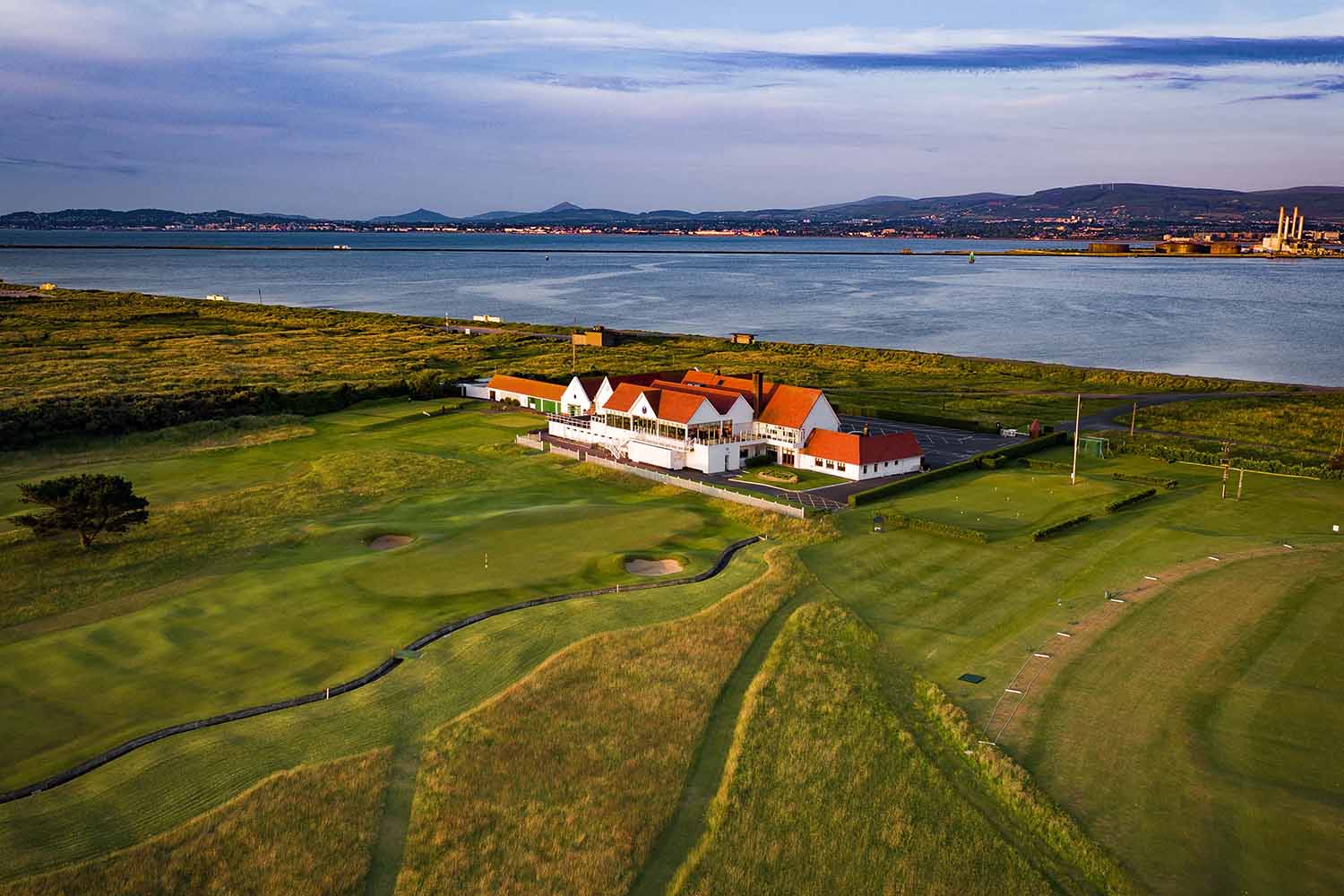
Credit: Royal Dublin
St. George’s Hill
When Harry Colt arrived at what would become St. George’s Hill in 1911, he was gifted with arguably the finest canvas of his design career. The ground twists and turns delightfully through the countryside, with numerous elevation changes providing an equal number of inspiring views. The job of transforming the forest and heathland into the Top 100 golf course it is today was a monumental one, but as he proved over and over… Harry Colt was more than equal to the task.
Royal Liverpool
Despite having already hosted The Open on four occasions, Royal Liverpool Golf Club commissioned Harry Colt to perform numerous alterations for the championship in 1924. The work at Hoylake featured numerous changes, including a devilish new green at the 17th hole, which plays as the first during modern Open Championships. The new putting surface was positioned so close to the road that chipping the ball out of bounds from beside the green was a daunting and frequent possibility. With one too many encounters between golf balls and cars or homes, Colt’s 17th green was eventually relocated.
Colt's most notable and lasting contributions to the design of Royal Liverpool come at the 11th and 12th holes. At the par-3 11th hole, known as Alps, Colt elevated the green, bringing in the views of the Dee Estuary. He also placed a deep pot bunker short and right of the surface, which is best avoided. Meanwhile, at the 12th hole, known as Hilbre, Colt created a sharp dogleg by moving the green roughly 100 yards closer to the estuary. The result is perhaps the finest hole at Hoylake.
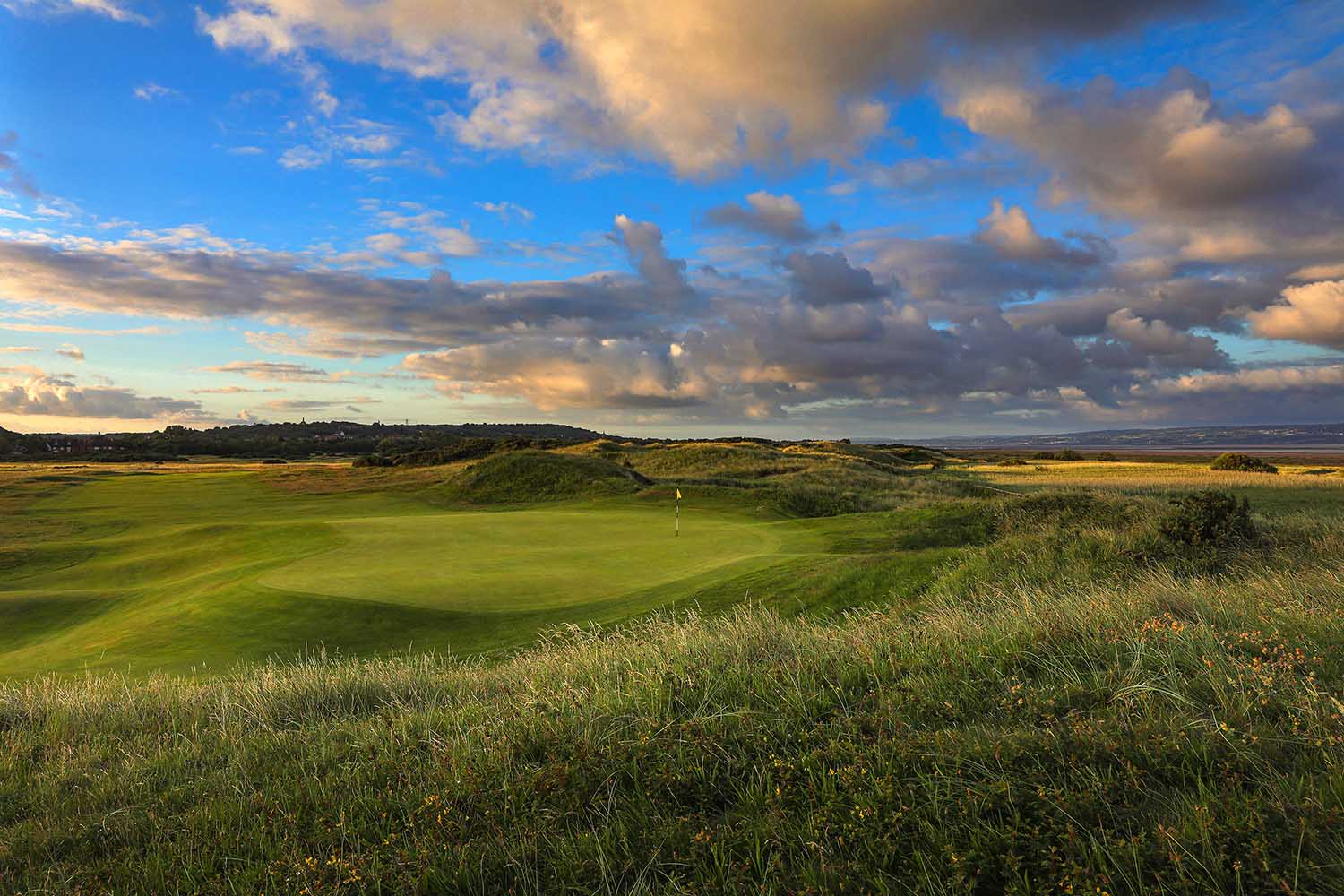
Credit: Royal Liverpool / Kevin Patrick Murray
Rye
Long before Harry Colt left his mark on some of the best golf courses in the world, his first foray in golf course architecture came at Rye Golf Club. Colt was named Club Secretary at Rye in 1895 and spent the ensuing years honing his skills by constantly tinkering with his first design. Unfortunately, the course was severely damaged in World War II, resulting in numerous changes to Colt’s original layout. But it was Rye that set in motion Harry Colt’s career in golf course design. And for that, we should all be grateful.
Additional Reading
Visit the Yardage Book for More Golf Travel Resources
Golf and the Good Life in Your Inbox
For more valuable insight on golf travel across the pond, sign-up for our Among Friends newsletter.
By signing up you agree to receive marketing communications from Haversham & Baker and have read our privacy policy.
Discover More of Golf at its Finest with H&B
